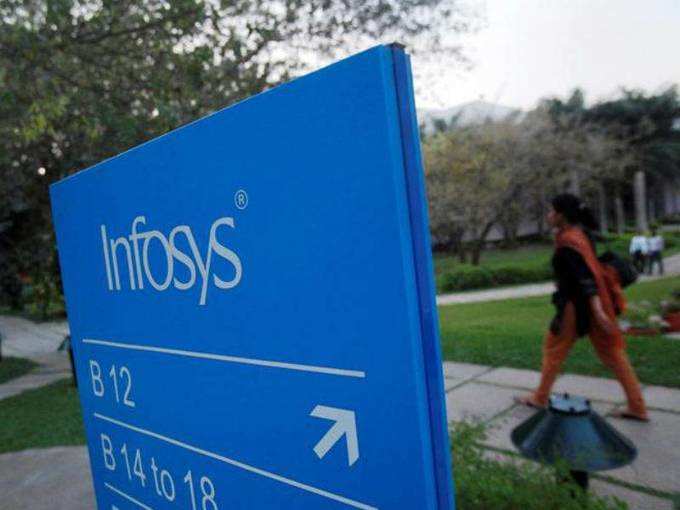 Infosys and Tata Consultancy Services are looking forward to hiring more engineers from universities in the United States. This move comes along as they brace themselves for stringent visa rules that are expected to be revealed by the new American administration led by Donald Trump.
Infosys and Tata Consultancy Services are looking forward to hiring more engineers from universities in the United States. This move comes along as they brace themselves for stringent visa rules that are expected to be revealed by the new American administration led by Donald Trump.This will change the strategy for the Indian outsourcing companies, who earlier use to hire from India but now, will have to rely on US based people.
Recently, Senator
"We are (now) looking at hiring from more colleges in the US. With the (new) visa rules, we will have to look at building a pyramid there,” UB Pravin Rao, chief operating officer at
The offshore-pyramid model, the bedrock of Indian IT's success, has a simple structure. Low-paid coders, mostly hired straight out of Indian engineering colleges, formed the large base of the pyramid.
Better-paid mid-to-senior executives in roles like project managers formed the middle. While these two rungs worked predominantly out of India, a smaller number of engineers were sent on H-1B visas to work with clients onsite, in addition to sales executives who were hired in foreign markets.
These companies also hired senior-level executives with many years of industry experience in overseas locations, termed as onsite hires. Campus recruitment, however, has been minimal so far.
India's largest IT services company
TCS's HR head Ajoyendra Mukherjee, though, added that it was too early to break down the composition of the onsite pyramid.
"At this stage, it will be difficult to comment as to what the percentages would be and we have to ensure that we make our deliveries as per customer requirements. I am not going to get into the percentages of the pyramid,” Mukherjee told analysts.
Engineers with under three years of work experience comprise about 30-35 per cent of the Indian IT industry, which employs about 4 million people. A backof-the-envelope calculation would peg the number of young engineers at between 1.2 million and 1.4 million of the total workforce.
Hiring at Indian IT companies is already dropping. Infosys said it hired 17,000 people in the first nine months of fiscal 2016. It has hired fewer than 6,000 in the same period this year.